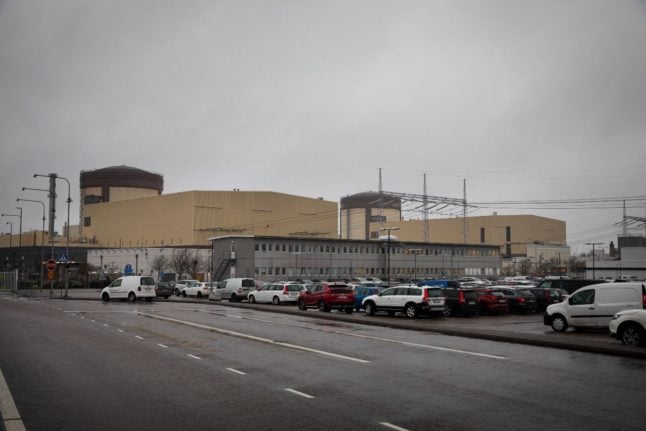In the approved application, submitted by Svenska kraftnät on January 30th on behalf of the government, Svenska kraftnät are permitted to use a maximum of 10 billion kronor in so-called bottleneck income to finance energy price support for individuals.
In contrast to the first energy price subsidy, this subsidy will also be available for users in northern Sweden.
How do I know which energy zone I am in?
Energy zone 1 – the cheapest energy zone – is in the far north of Sweden, and it includes Norrbotten county and part of Västerbotten county.
Energy zone 2 is slightly further south, and it includes Jämtland county, Västernorrland county, and parts of Gävleborg and Västerbotten counties.
Energy zone 3 covers central Sweden, encompassing Stockholm and Gothenburg, as well as Stockholm county, Södermanland county, Uppsala county, Värmland county, Västmanland county, Örebro county, Östergötland county, Dalarna county, and parts of Halland, Kalmar, Jönköping, Västra Götaland, and Gävleborg counties.
Energy zone 4 – the most expensive zone – includes Malmö, Skåne, Blekinge, Kronoberg, and parts of Kalmar, Halland, Jönköping and Västra Götaland counties.
How much will it cover?
The energy price support will cover 80 percent of the recorded energy usage for a property in November and December 2022, and will be paid out to the individual named on the energy contract on December 31st, 2022.
It is not yet clear when the second energy price subsidy will be paid out to recipients.
The approved model will offer 90 öre per kWh to users in energy zones one and two – northern Sweden, 126 öre per kWh for users in energy zone three – central Sweden, and 129 öre per kWh for users in energy zone four, located in southern Sweden.



 Please whitelist us to continue reading.
Please whitelist us to continue reading.
Member comments